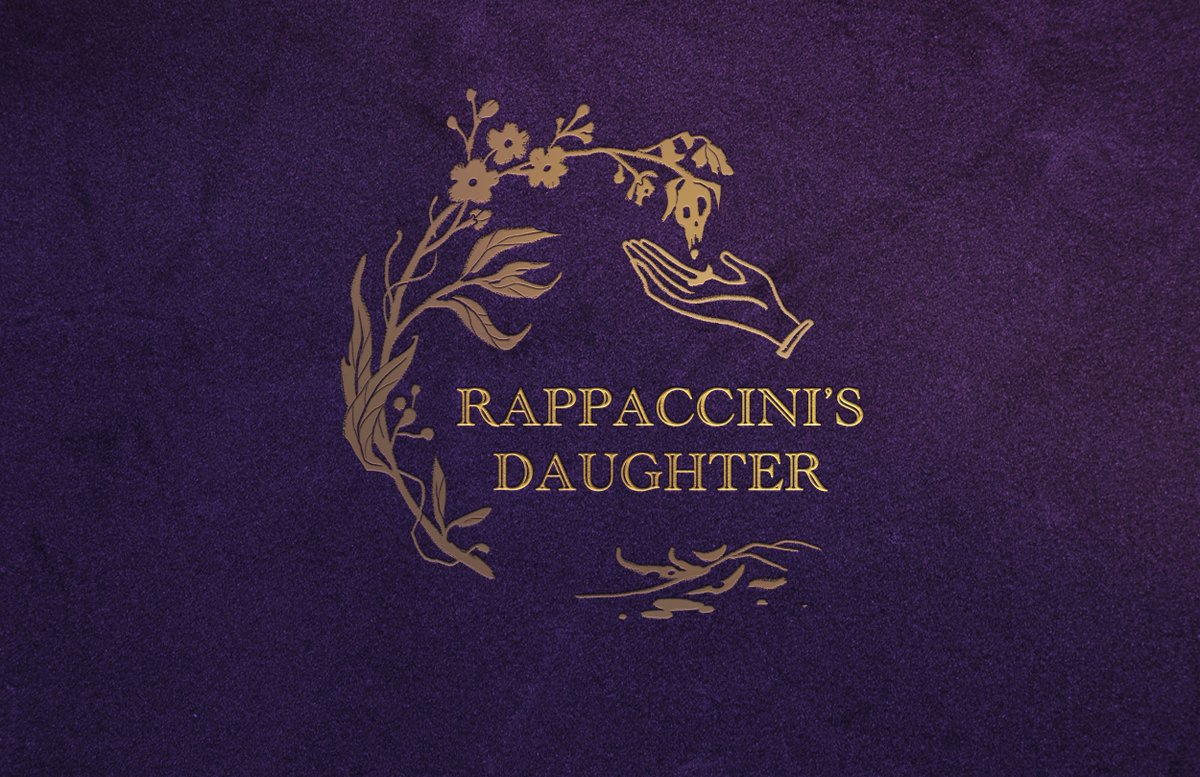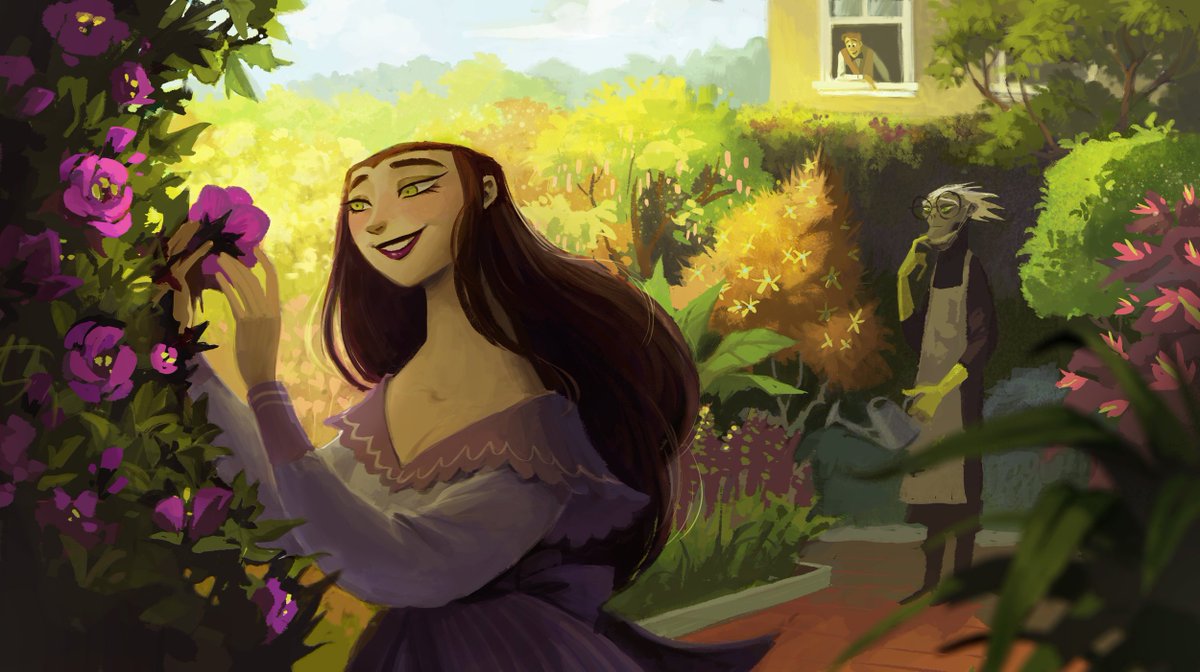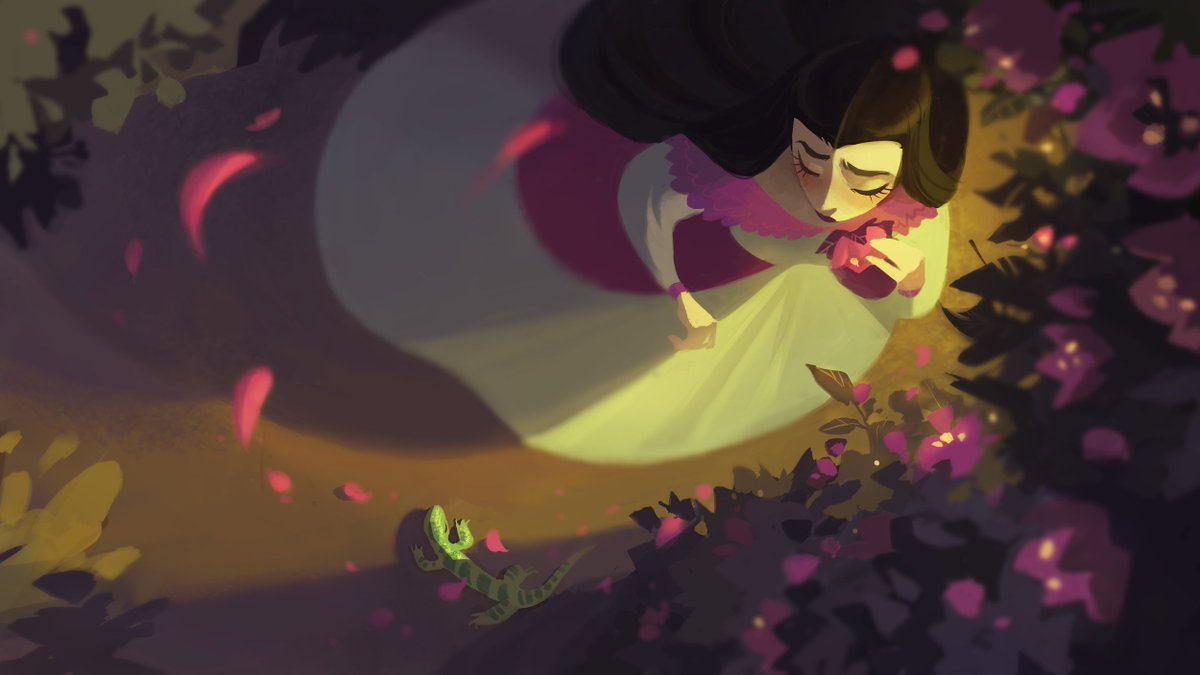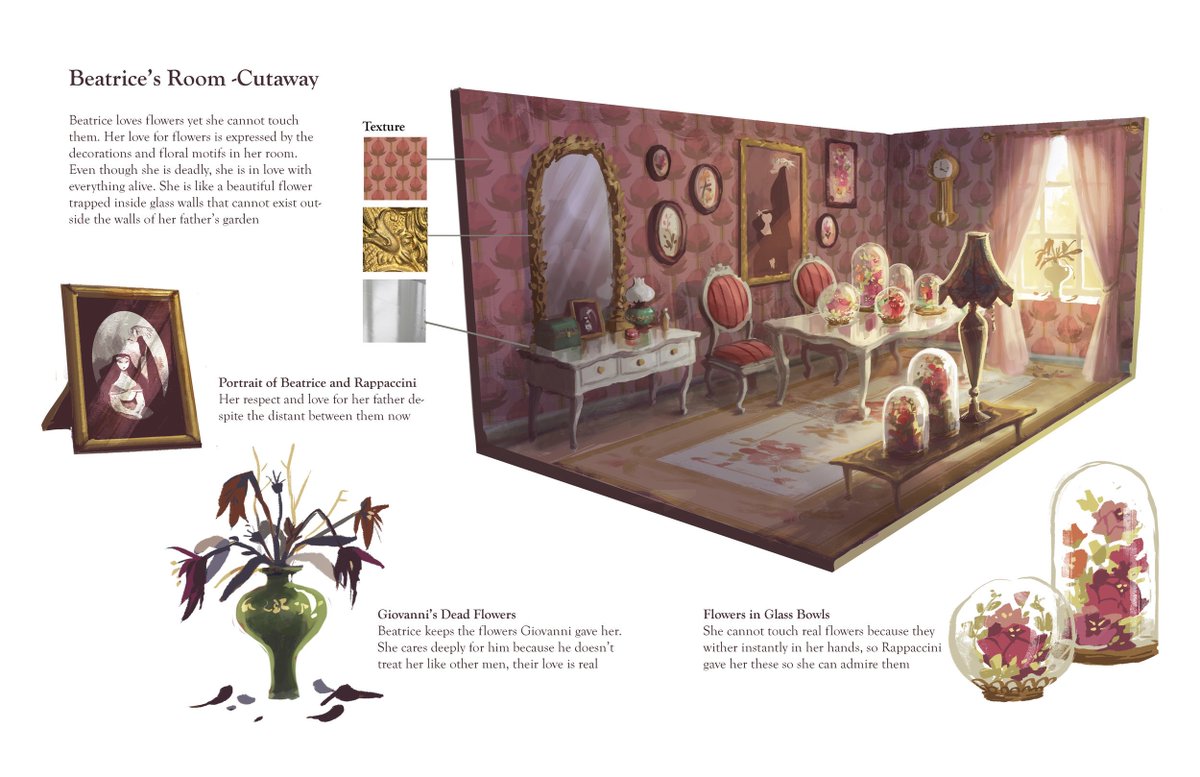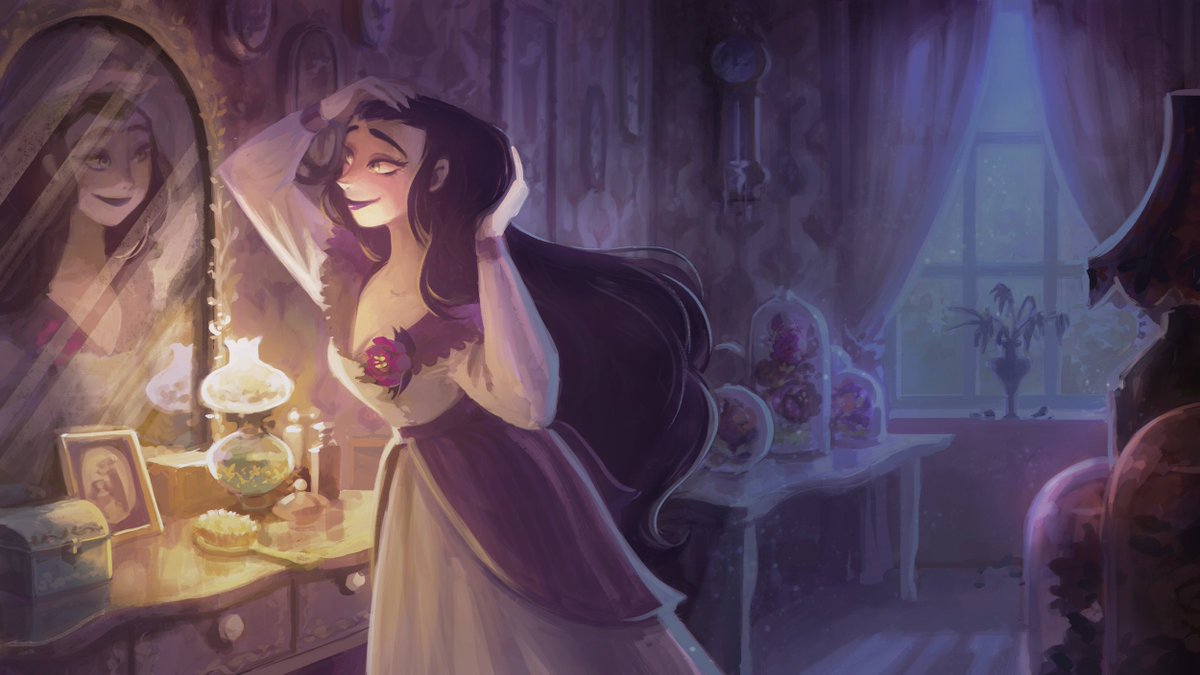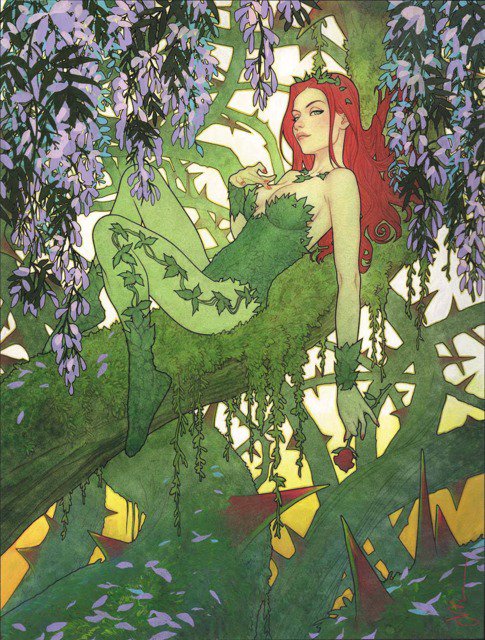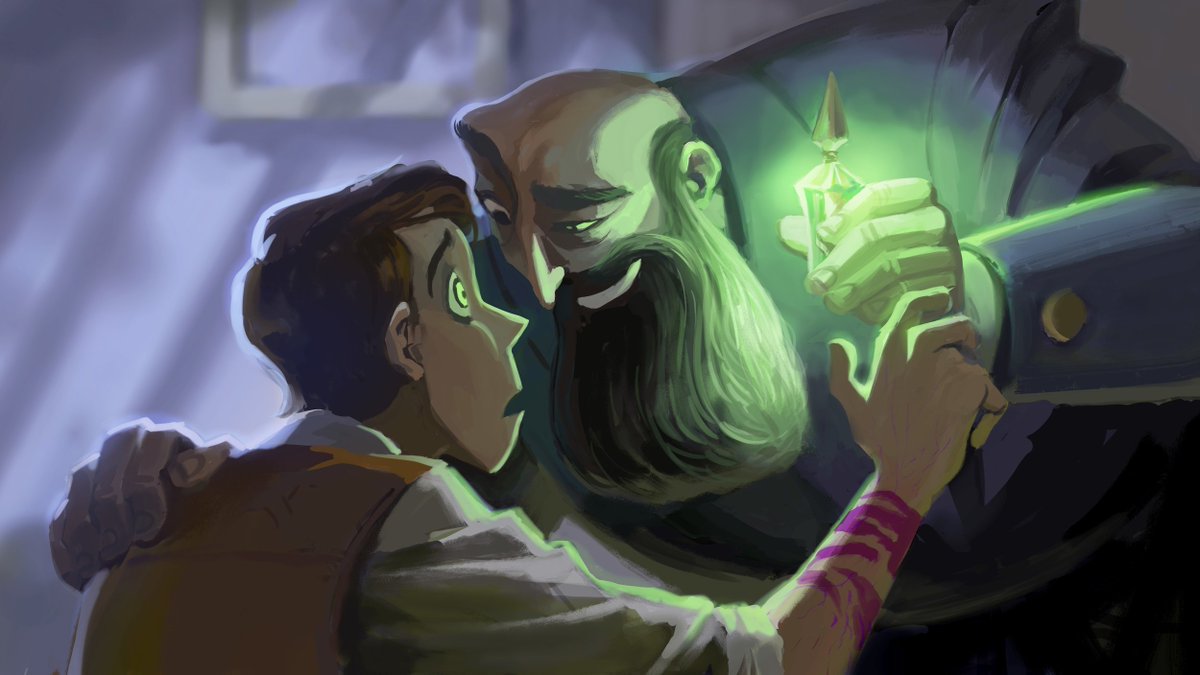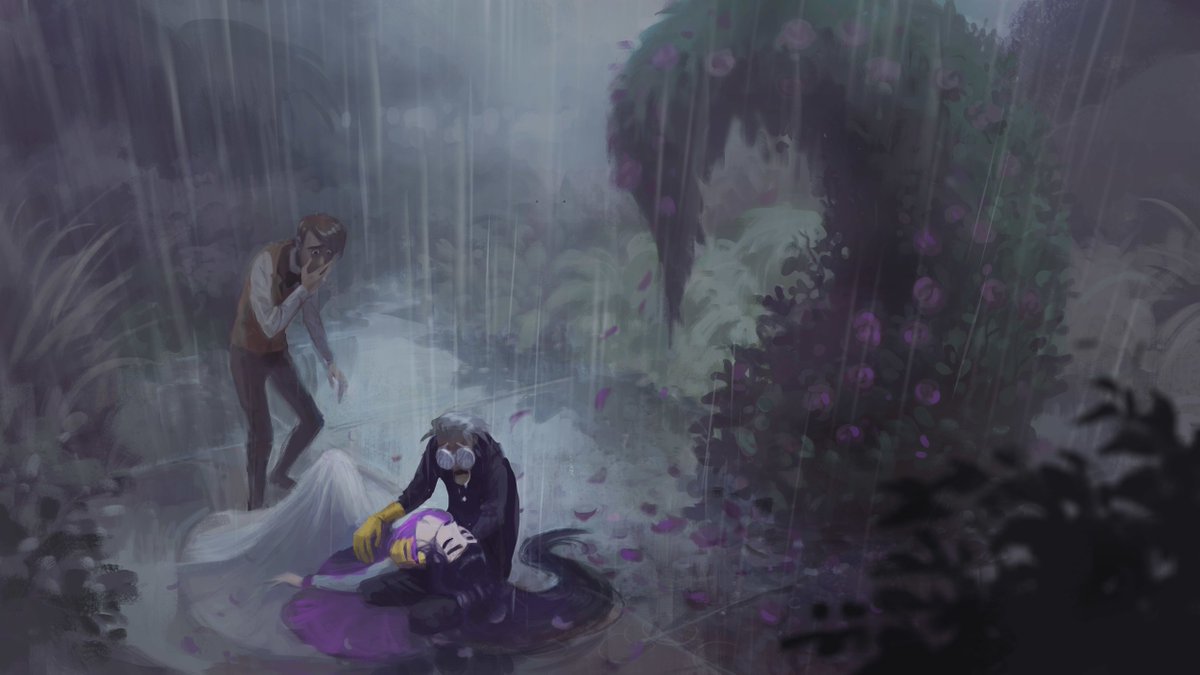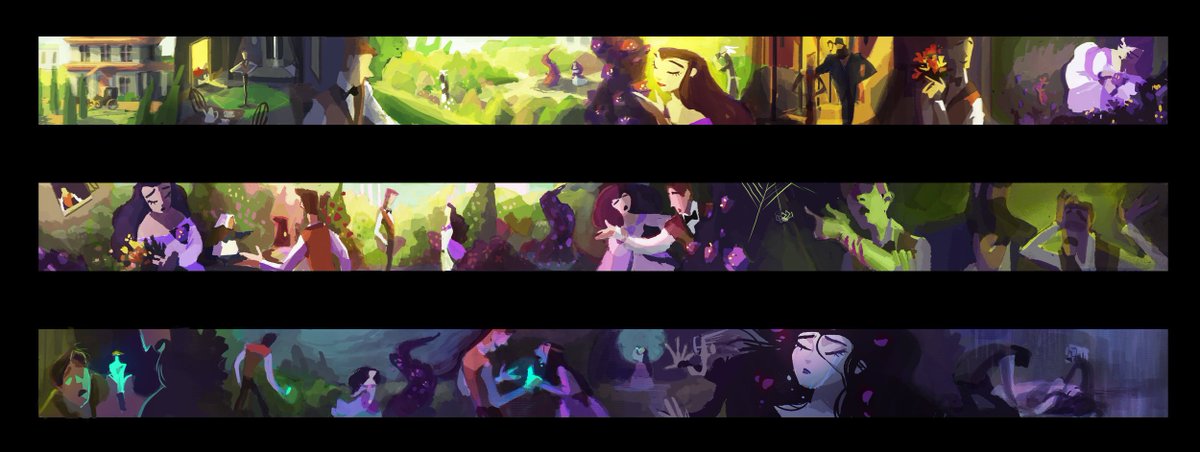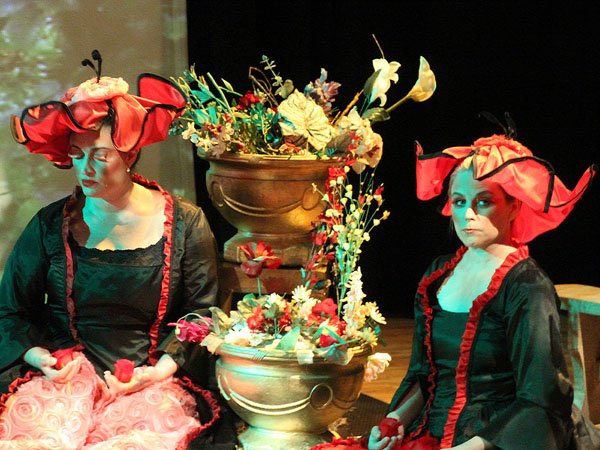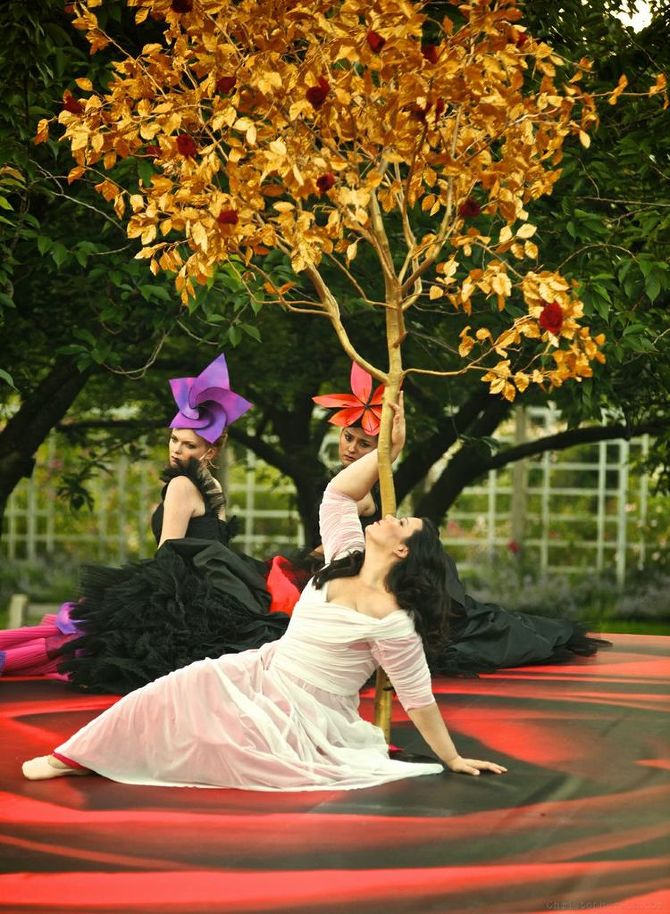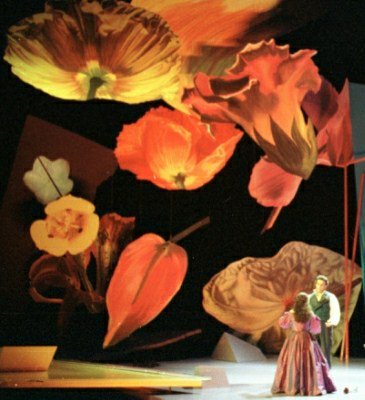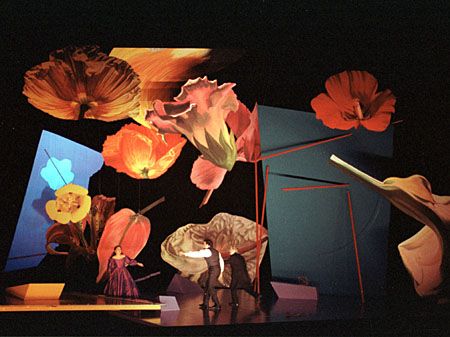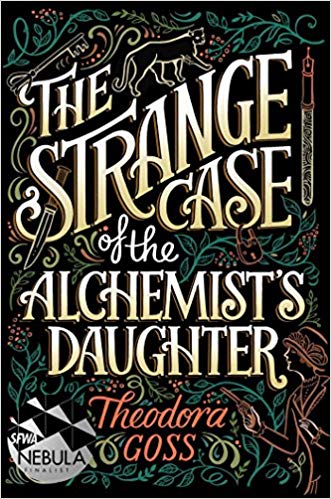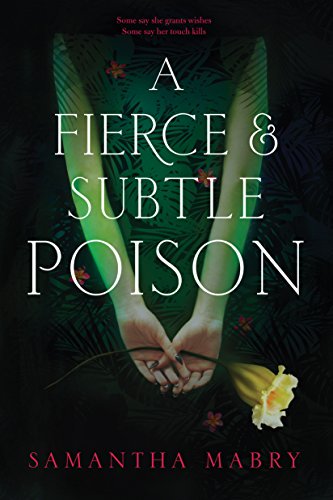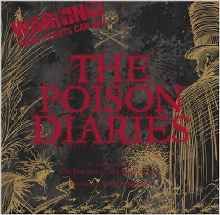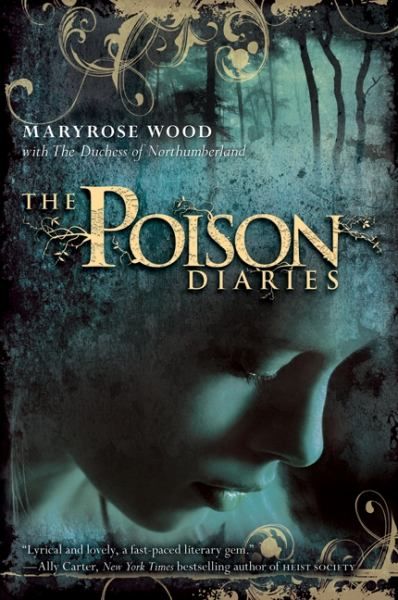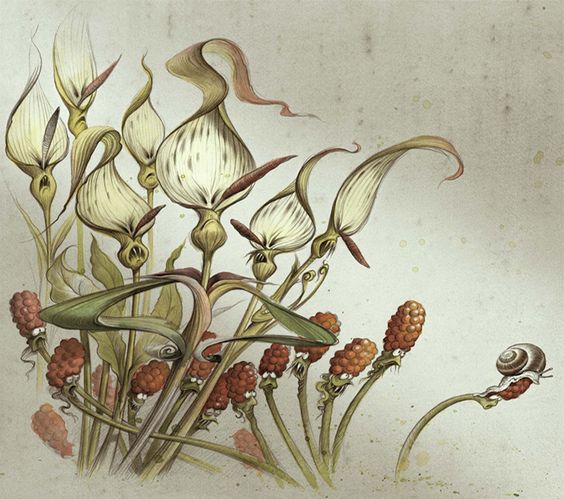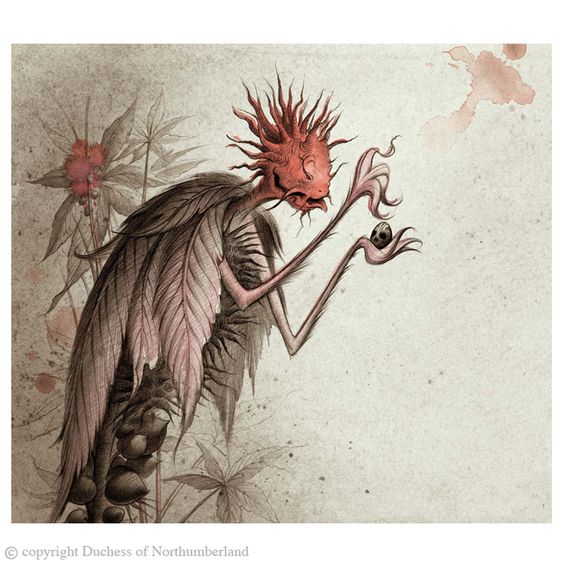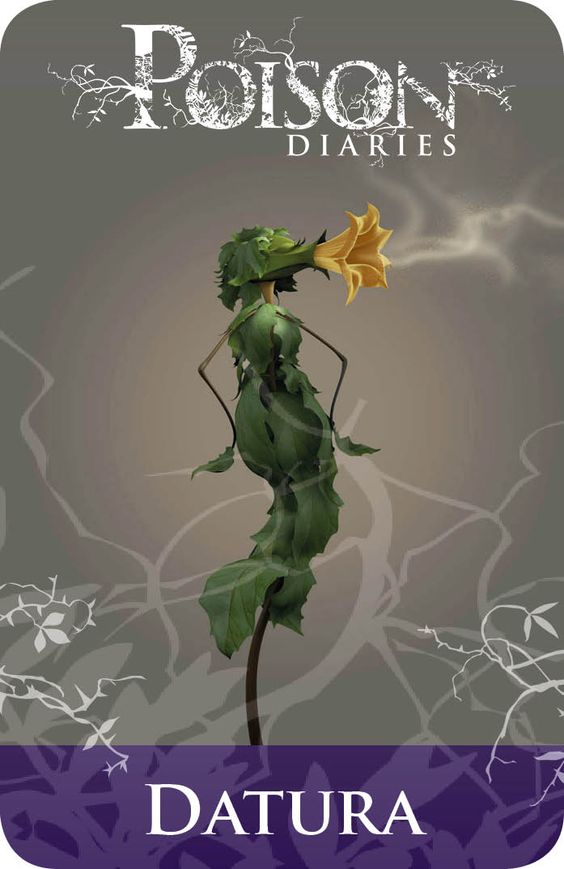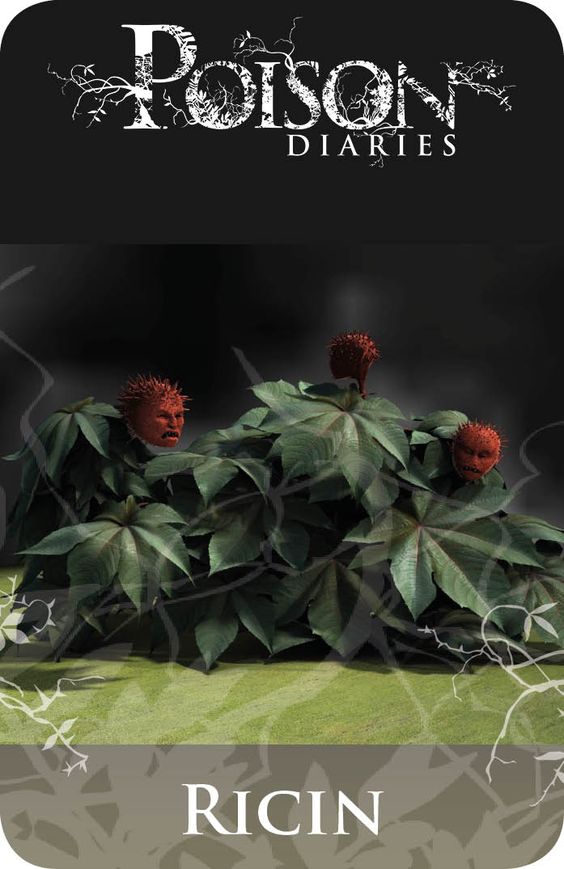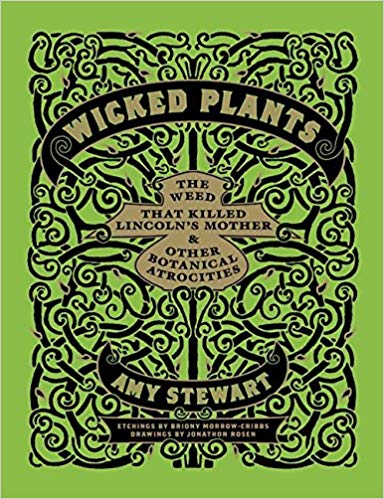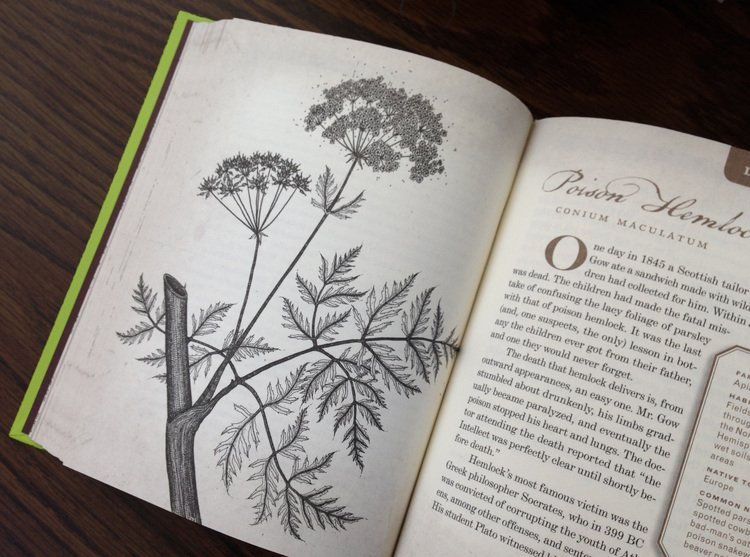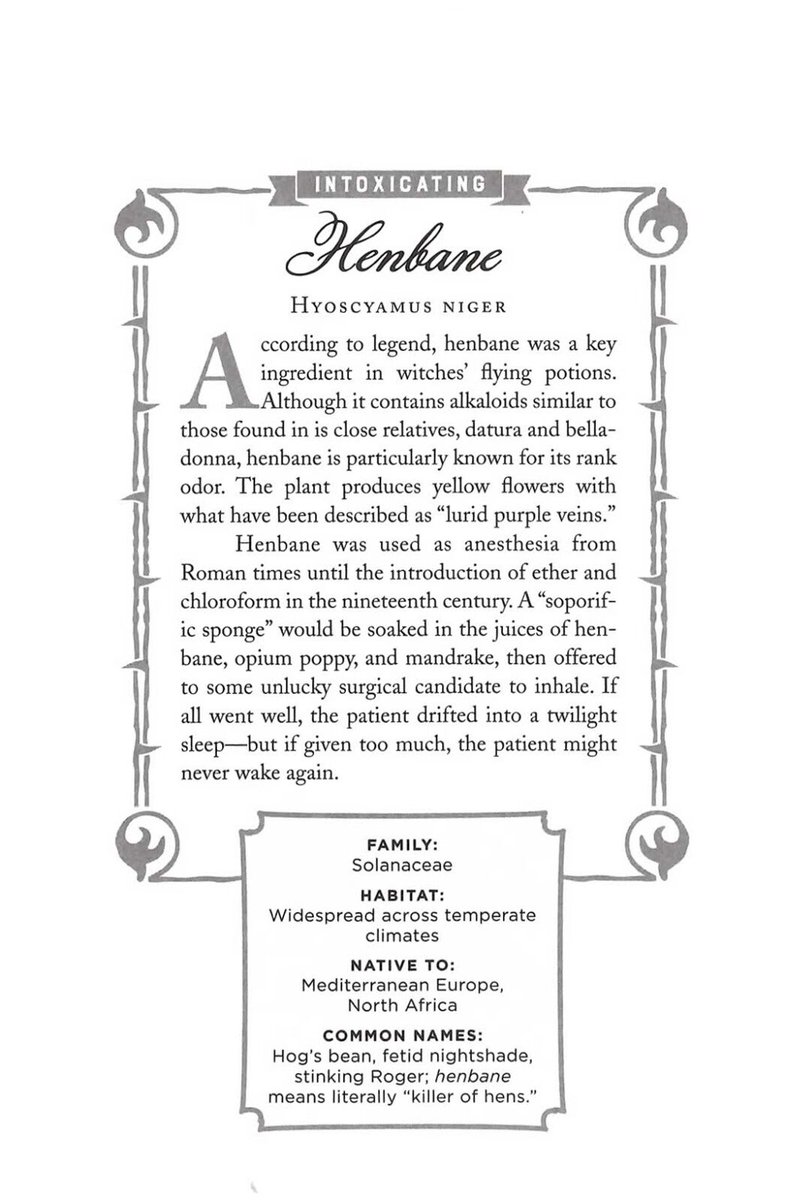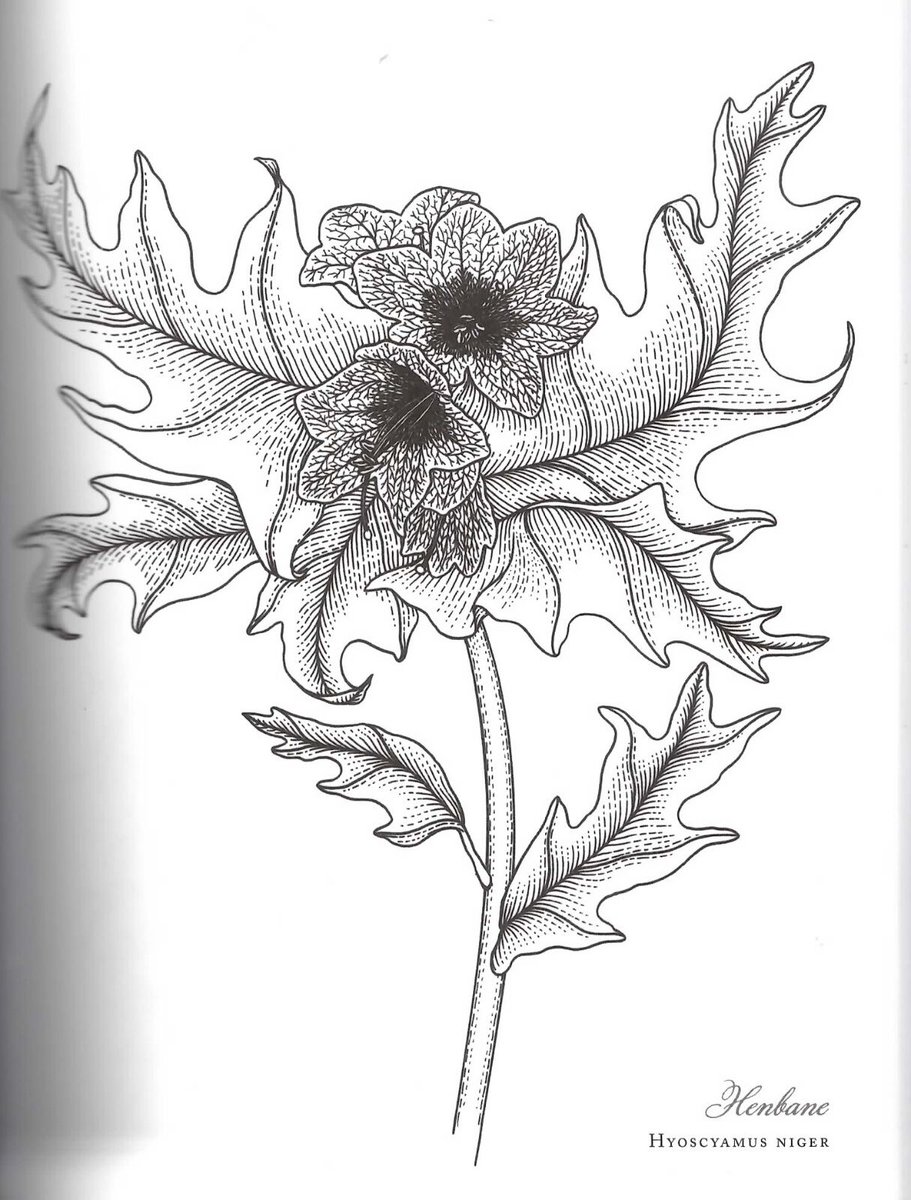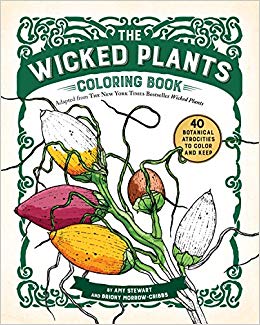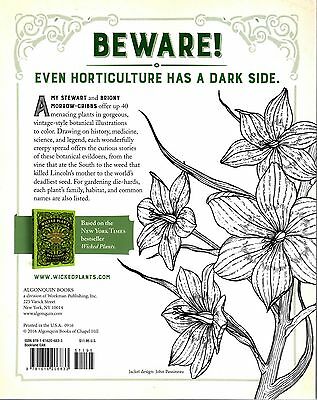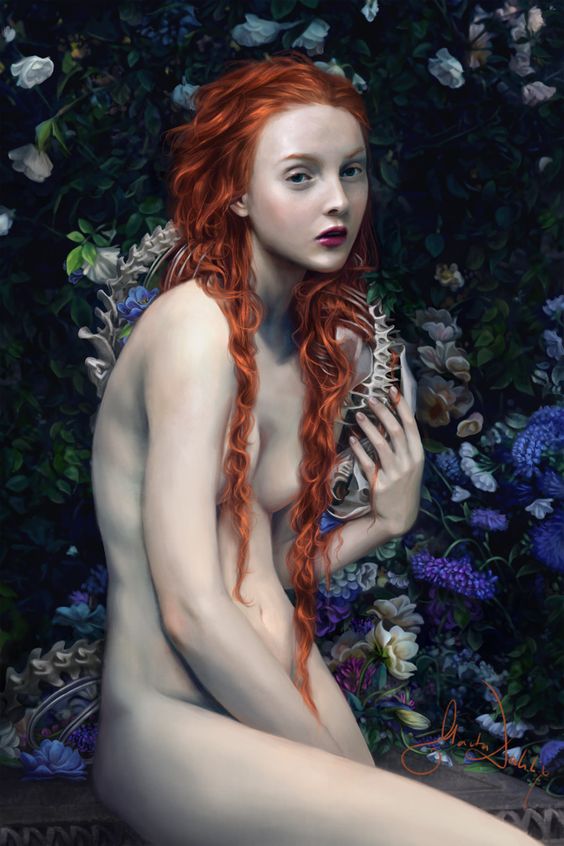“I have pledged me to the worship of the Odd . . . the Strange . . . the Monstrous… ”
~Japanese Tales of Lafcadio Hearn
“Strange.”
If I had a digital file of Lafcadio Hearn's Japanese tales, I'd be curious to run a search for how many times this word appears amid his 28 tales. This before-his-time multiculturist’s dark fairy tale work foreshadowed an entire body of unsettling art.
He anticipated the so-called automatic writing of practitioners such as André Breton, opened receptive minds to Cubism and Surrealism movements of the 1920s and primed the public imagination for the fantastical tales of H.P. Lovecraft. Lafcadio Hearn successfully navigated multiple cultures, transforming himself from Other to revered father figure/folklorist/historian. In short, he became the hero of his own fairy tale life.
As a fan of the macabre and fantastical, I was drawn to this book as a soul to the quintessentially Japanese cherry blossom (sakura)*. The collection's obsession with strangeness is also why I think it’s accessible to our own generation of culturally fluid, proudly freak flag-flying readers.
 |
| Patrick Lafcadio Hearn, aka Koizumi Yakumo. 1889 Photo by Frederick Gutekunst / Public domain |
Japanese readers in 1900 may have been steeped in the Buddhist and Shinto teachings about life’s vagaries, but in 2020, we have our ‘disappearing’ social media to remind us of our impermanence (Snapchat, TikTok, etc.).
Plus, modern readers will appreciate the bite-sized nature of Hearn’s stories. The tales are just that: short “tail ends” of Japanese legends and folklore, which can be quickly digested and enjoyed. Even the opener, which is the longest story in this anthology-of-sorts—“The Dream of a Summer Day” and its Pandora-like box—is only 17 pages. Most of the stories clock in at only a handful of pages. As a whole, they transcend their time, but for a couple zeitgeist themes or tropes that I'll mention later.
Hearn's “Exotic” Tales
These stories, selected by editor Andrei Codrescu, originally introduced the Western mind to Japanese culture, as seen through Shinto and Buddhist lenses. The cast of colorful characters and tropes readers encounter include:- A man who saddles and rides his corpse-wife by clinging to her hair.
- An enchanting screen maiden (an artist's depiction of a woman on a screen) who becomes real.
- A shark-person (Samébito) who weeps blood that turns to jewels upon the ground.
- A samurai-beloved young woman named Aoyagi who experiences a metamorphic twist of fate.
- A priest who is transformed into a Golden Carp.
- An unwitting entertainer for the dead, in the oft-cited ghost story, “The Story of Mimi-Nashi-Hōichi”.**
If one thing prevails in this collection, it is this: all is not what it seems, for everything is changing. Constantly. And because everything is in a state of flux, all does not necessarily end well. So, dear reader, do not expect the happily-ever-afters of heavily modernized and Westernized fairy tales. Hearn had his finger on the pulse of the unsettling. Let's briefly explore why that might be.
Lafcadio Hearn: Other from Another Mother
 |
| Hearn and Koizumi Setsu. Unknown photographer in Japan pre-1904 / Public domain |
At age 7, he became a permanent ward of his aunt. By the time he was 19, he was virtually penniless but on his way to America. After spending some time in Cincinnati, Ohio, and a decade in New Orleans, he finally settled in Japan for the last 14 years of his life. He married a Japanese woman and started a family.
“[Hearn] never returned to the womb of his mother's Lefkada [Greece] but found himself at home in a patriarchal world where he was a Father, unlike his own genitor.”-Andrei Codrescu, Editor of Japanese Tales of Lafcadio Hearn
It’s impossible not to view these stories through a modern lens. And that lens uncovers glaring threads of patriarchy and age-ism. And while Hearn’s position as an esteemed member of society was hard won, his privilege is reflected in his many elitist characters. I don't doubt that Hearn (called Mr. Koizumi while he wrote these stories) was a product of his time. But it’s still problematic when the women who appear in these tales exist along a binary. If they’re human, they’re generally preternaturally beautiful, young, graceful, and self-sacrificing—like any “good” Japanese wife of the Hearn’s time. Conversely, they can also be ugly, vain, unpleasant hags. The non-human women are supernaturally monstrous “Yuki-Onna” (White Witch) and often violent.
 |
| Yuki-onna by Sawaki Suushi / Public domain |
One positive tale in which the woman's value is not dependent on her beauty, but perhaps her duty, introduces a milk nurse named O-Sodé who asks a divinity to trade her life for that of the now-sick girl she'd nursed 15 years earlier. In her remembrance, the family of the saved girl plants the best cherry tree they can find (“Ubazakura,” or “Cherry tree of the Milk Nurse” which has flowers of white and pink).
Men, in these tales, especially those of the samurai or priestly class, were generally treated more favorably, with wider character variation among both human men and divinities or magical beings.
Lafcadio Hearn in the 21st Century
Beyond the aforementioned shortcomings, however, I see much to enjoy in this cross-cultural experience of reading Hearn. In some ways, I can vicariously commune with Japanese culture through him. I was also pleasantly surprised to see parallels between the myths and legends of other cultures. Here are a few I picked up:- “The Story of Aoyagi” (Aoyagi means green willow) could find (new/old) fans of Edith Hamilton, Bulfinch et al, in its parallels with several Greco-Roman stories such as those of the united-in-death lovers Baucis and Philemon, or oak and linden.
- “The Story of Kwashin Koji”: In this tale, a religious painting seems to undulate and show real, flowing blood. This recalls stories such as Wilde's “The Picture of Dorian Gray” or the Greek myth of Pygmalion and Galatea.
- In “Hi-Mawari,” a boy and his older friend (Robert, age 8) search for Welsh fairy rings but instead encounter a harper. The harper's music is said to be witchcraft. Fans of Greco-Roman mythology will quickly be reminded of the magical musician, Orpheus, who used a song to win his wife back from Hades.
All is Unreality—Even Us
 |
| Woodblock print of cherry blossom "Thirty-six Views of Mount Fuji" by Hiroshige / Public domain |
It would be too simple to reduce Lafcadio Hearn to a purveyor of the strange, predicting the 20th century’s modernism and political upheavals. I like to think of Hearn's work as living and breathing, even in its preoccupation with the impermanence of life.
The collection will appeal to all lovers of uncanny short stories, from Poe to Neil Gaiman. Furthermore, the curious black and white illustrations of flying severed heads, faceless women, samurai, etc. will appeal to fans of anime and manga, I think. This volume also could draw in readers who appreciate the reverence for nature beyond simply the national symbol of the sakura (cherry blossom). “The Story of Aoyagi” is tailor-made for those who decry the cutting of forests.
Read the tales within Japanese Tale of Lafcadio Hearn. Even its foreword (by Jack Zipes) and introduction (Codrescu) are accessible to non-academics. Just remember—in the words of 14th century Buddhist priest Kenko: “All is unreality. Nothing is worth discussing, worth desiring.”
Japanese Tale of Lafcadio Hearn can be purchased on Amazon or via the Princeton University Press' website. It's part of Princeton's "Oddly Modern Fairy Tales" series.
Read our review of another book in this series: Workers' Tales: Socialist Fairy Tales, Fables, and Allegories from Great Britain.
FOOTNOTES
*Modern novelist, Hanya Yanagihara, wrote in a recent essay in The New York Times Style Magazine, that “Japan without the cherry blossom is like a person without a head: The image is wrong, inconceivable.”
**From Hearn's Kwaidan: Stories and Studies of Strange Things (1904)
ABOUT THE REVIEWER:
Leigh Smith writes strange tales herself, mostly under the pseudonym Leigh Ward-Smith. In the real world, she writes marketing copy, curates/manages social media for an architectural firm, and does research and editing for a retired professor. She occasionally blogs at Leigh's Wordsmithery (https://leighswordsmithery.wordpress.com/); likewise the occasional tweet @1WomanWordsmith.

































